By Gabriele Esposito
Few weapons in world history have had such great tactical importance as the Roman gladius. To understand the importance this short sword had on the battlefields of antiquity, it is best to start with the Roman historian Livy. In describing the war between the Romans and the Macedonians in 200 BC, Livy wrote of the devastating practical and psychological impact the gladius had on the military forces of King Philip V of Macedon, who were accustomed to fighting with spears, javelins, and arrows. “When they had seen bodies chopped to pieces by the gladius Hispaniensis, arms torn away, shoulders and all, or heads separated from the bodies, with the necks completely severed, or vitals laid open, and other fearful wounds, realized in a general panic with what weapons and what men they had to fight,” wrote Livy in the History of Rome.
The Macedonians for the first time were facing the Roman military machine and its awesome military technology. The Greek and Macedonian armies’ primary tactical formation was the phalanx, whereas the Romans were organized in legions divided into units called centuries. Unlike the Macedonians, the Romans did not use long lances, such as the Macedonian sarissa. The short and sturdy Romans preferred to fight hand to hand to maximize the effect of their general superiority in training and weaponry. The Roman legion was a large formation of heavy infantry. Each of its components was equipped with extremely efficient but flexible defensive equipment, including a helmet, a lorica hamata (mail cuirass), and scutum (large shield); however, the real strength of the Roman army lay in the offensive weapons used by its soldiers. These weapons were the pilum, gladius, and pugio (dagger).
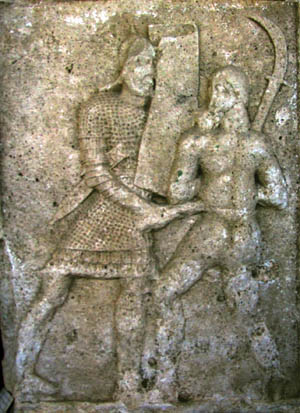
The first weapon the Romans used in a battle was the pilum, a javelin specifically designed to kill enemies from long distances or to limit them in the use of their shields. The pilum was extremely difficult to remove after hitting the external part of a shield or of a cuirass. Once the enemy ranks had been shattered by the initial shower of javelins, the legionaries drew their short swords and charged their opponents. According to Roman tactical doctrine, emphasis was on using the scutum to provide maximum body coverage, while the gladius was used to attack with devastating thrusts and short cuts. Using these tactics, the Romans were able to defeat different types of enemy infantry. The Roman soldiers became efficient with their weapons through intensive and continuous training.
The Roman method of fighting limited the number of casualties suffered by their troops. Using their swords to thrust in the few spaces created between the shields of their close for- mations, the legionaries were rarely exposed to the offensive weapons of their enemies, who had few chances to manuever. The pugio also was a short stabbing weapon. It was used as a secondary arm during intense hand-to-hand fighting, especially when space for movement became extremely limited or when the gladius could not be used for somr reason.
Stabbing wounds produced by the gladius almost always were fatal, especially when the enemy was struck in the abdomen, the main target for thrusts. But the gladius also proved to be effective when used for cutting or slashing. Each Roman infantryman was trained to adapt to any combat situation that might develop. Each one of his weapons could be used in different ways, and he had to be ready to exploit at full any enemy mistake or any favorable momentum. For example, Roman legionaries advancing in close formation were trained to slash kneecaps beneath the shield wall or to cut the throat of the enemies while charging in the testudo (tortoise) formation. The legionaries carried the gladius in a scabbard mounted on a belt or on a shoulder strap. It was worn on the left side of the soldier’s body, and the legionary had to reach across his body to draw it. Centurions, to differentiate themselves from their soldiers, wore the gladius on the right side of the body.
The majority of the weapons used by the Romans did not originate with them. Roman superiority on the battlefield was derived from their ability to adopt foreign military technologies and employ them in the most effective way. The pilum and the lorica hamata were invented and employed for the first time by warrior peoples such as the Celts and Etruscans, who had fought against the Romans. After defeating their enemies, the Romans adopted the best elements of their enemies’ weapon systems.
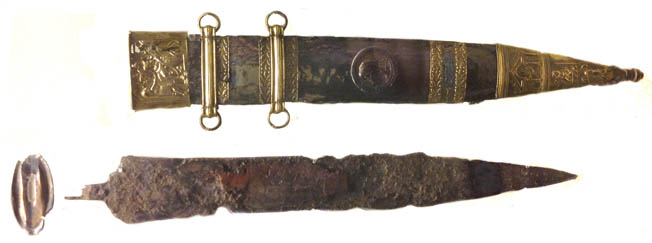
The gladius, which in some respects is the most iconic and important weapon of the Roman Army, was not Roman at all. The origin of the gladius is much clearer if we call it by its complete and proper name, which was the gladius Hispaniensis. The gladius originated in Iberia, in the territories of modern Spain and Portugal.
The Souda, a 10th-century Byzantine encyclopedia, offers interesting insight into the geographical and historical origins of the Roman short sword. The Souda confirms the traditional view of the Romans about the history of their favorite weapon. The gladius was invented by the Celtiberians, one of the many warrior peoples who inhabited Iberia during the Iron Age, according to the Souda. Unlike other Iberian tribes, the Celtiberians were of mixed descent. They were the product of Celtic migrations across the Iberian Peninsula. Because of their Celtic heritage, the Celtiberians had a completely different array of weapons from neighboring tribes and constructed weapons with innovative techniques. Their swords were short and had extremely sharp points. In addition, they could deliver powerful downward strokes from both hands.
The Romans abandoned their traditional swords in the Greek fashion after the Second Punic War as a result of their many encounters on the battlefield with Hannibal’s Celtiberian allies. This chronological reconstruction is confirmed by archaeological evidence and by the Greek historian Polybius. It is estimated that the Roman legions adopted the gladius as their main weapon around 200 BC. The Romans adopted this weapon quickly. Until the appearance of the gladius Hispaniensis, the Romans had been equipped with the Greek xiphos, a double-edged, single-handed blade employed by the hoplites. This weapon was archaic when compared to the gladius but had many basic features in common with the new short sword. The same could be said of the seax, a weapon employed by the Germanic tribes of northern Europe. But none of these similar weapons was employed to the same degree of efficiency as the Roman short sword. After a few years of use, the Romans realized the superior potential of their weapon. They assimilated it into their arsenal and established a new tactical doctrine designed to fully exploit the gladius Hispaniensis.
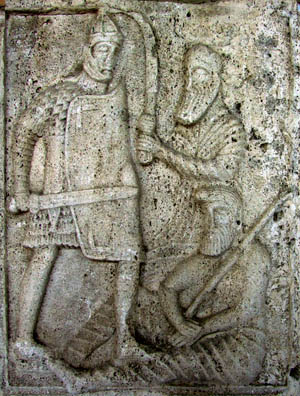
By the time of the Roman Republic, the classical world was well acquainted with steel and the steel-making process. Weapons technology had developed to the point that it was a good technological environment for the rapid development of an innovative steel weapon like the gladius. Recent metallurgical studies conducted on surviving Roman short swords reveal that the gladius could be forged either from a single piece of steel or as a composite blade. Swords produced with the first process were created from a single bloom of 1,237 degrees Centigrade, whereas those created from the second process required five blooms each at 1,163 degrees Centigrade. Five strips of varying carbon content were created. The central core of the sword contained the highest concentration of carbon, ranging from 0.15 to 0.25 percent. On its edges were placed four strips of low-carbon steel with a concentration of 0.05 to 0. 07 percent. At that point, the strips were welded together by hammer blows. Each blow increased the temperature enough to create a friction weld at that spot.
The forging operation, the most important part of the process, continued until the steel was cold. When produced by welding different strips together, the gladius had a channel down the center of the blade, and when produced from a single piece of steel, the blade had a rhomboidal cross-section. The blades of the gladius, as anticipated by the description of their tactical uses, were double-edged for cutting and had tapered points for stabbing during thrusting.
Craftsmen gave the gladius a solid grip by adding a knobbed wooden hilt to the blade, which usually came with ridges for the user’s fingers. Despite its nature as a standardized weapon, the gladius might be decorated according to the owner’s personal taste. The hilt, known as the capulus, could be made ornate in many different ways. For example, the swords of high officers and the Praetorian guards usually had hilts sculpted to resemble the head of an eagle. This shape was popular also because it created an additional grip when using the weapon. Indeed, the blade might even have the owner’s name engraved or punched on it.
The Romans produced several different designs. According to the traditional categorization used by military historians and archaeologists, the various kinds of gladii can be grouped into three main types. In chronological order these types were Mainz, Fulham, and Pompeii. They derive their respective names from where the canonical prototype of each group was found.
The differences between the three categories and the original gladius Hispaniensis are not significant from a practical point of view but are quite important to understanding the evolution of this weapon across many decades of combat use. The original Iberian sword, used from approximately 200 BC until 20 BC, had a slight wasp-waist, or leaf-blade, curvature. This made it stand out from the subsequent models. It was the largest and the heaviest model of gladius ever produced, with a blade length of 60 to 68 centimeters and a sword length of 75 to 85 centimeters. The blade was five centimeters wide, with the overall weight of the weapon being 900 grams. This earliest form of short sword, still heavily influenced by the original Iberian weapon, was used for a long period of time if compared with its successors.
The Roman city of Mainz was founded as a permanent military camp named Moguntiacum in approximately 13 BC. The original military camp soon became an important center for the production of swords and other military equipment. With the transformation of the camp into a proper city, the manufacture of swords became even more significant, leading to the creation of a new kind of gladius, commonly known as the Mainz gladius. The Mainz gladius retained the curvature of the previous model but shortened and widened the blade. In addition, it modified the original point into a triangular one specifically designed to thrust.
The geographical diffusion of the Mainz model was limited to the border garrisons serv- ing on the northern frontiers in contrast to the less effective Pompeii version that came into use in other areas of the empire. The short swords produced at Mainz during the early imperial period were employed by legions serving in the north. Large numbers of these weapons were exported and sold extensively outside the boundaries of the Roman Empire. Various ex-legionaries who had served on the frontier used their discharge bonus to set up businesses as manufacturers and dealers of arms. The Mainz variety of the gladius was characterized by a slight waist running the length of the blade. The average Mainz gladius had a blade length of 50 to 55 centimeters and a sword length of 65 to 70 centimeters. The blade was seven centimeters wide, with an overall weight of 800 grams.
The Fulham gladius derived its name from a gladius that was dredged from the River Thames around Fulham. The model dates back to the years following the Roman invasion of Britain. Experts in Roman history have varying opinions about the effectiveness of the Fulham model. Some consider it as the conjunction point between the Mainz and Pompeii models, while others consider it a later type evolving from the Mainz gladius and being exported to Britain. The Fulham gladius generally has a slightly narrower blade than the Mainz variety, but the main distinction of this type is its triangular tip. The Fulham gladius had a blade length of 50 to 55 centimeters and a sword length of 65 to 70 centimeters. The blade was six centimeters wide, with an overall weight of 700 grams.
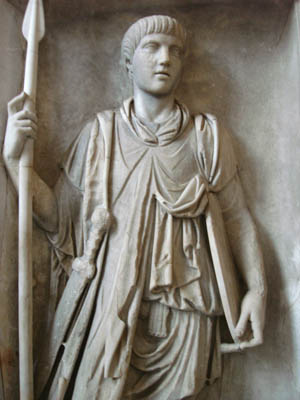
The Pompeii gladius was the most popular among the three kinds that the Romans began to produce after the Hispaniensis. It had parallel cutting edges and a triangular tip. From a structural point of view, the Pompeii model, which was the shortest model used by the Romans, eliminated the curvature, lengthened the blade, and diminished the point. The Romans shortened the gladius based on their experience in the Roman civil wars of the Late Republic. Because Romans fought each other during this period, the traditional Roman military superiority had lost its advantage. Having to fight against enemies equipped exactly like themselves, with heavy cuirasses and shields, the Romans had to develop a lighter and shorter version of their sword. They needed one designed to thrust with the point and in very strict spaces. The average Pompeii gladius had a blade length of 45 to 50 centimeters and a sword length of 60 to 65 centimeters. The blade was five centimeters wide, with an overall weight of 700 grams.
By the end of the Roman civil wars, the Romans introduced a longer model of the Pompeii gladius, which was known as the semispatha. The Romans used the term spatha to indicate a completely different kind of weapon. The Romans essentially designed a long sword for use by their cavalry. The spatha gradually took the place of the gladius as the standard weapon of the heavy infantry, thus continuing the general trend toward increasing the gladius’s dimensions.
In addition to the legionaries, the Roman gladius was also used by gladiators in the arena. Gladiators used many different sets of weapons. The pairing of gladiators for duels was important to the Romans, who desired to see gladiatorial combats conducted with precise rules and a balanced confrontation between opponents. A matched pair of gladiators typically consisted of one fighter having heavy armor and the other having little or no armor. For example, the former might have heavy armor and a large shield, which hampered his freedom of movement. His opponent, lacking heavy armor, had greater mobility, although if his more heavily armored opponent landed a blow it might prove fatal.
The Romans established approximately 30 different types of gladiators. Each type had a different type of offensive weapon, armor, and shield. Generally speaking, the gladius was given as the main weapon to the heavily armored gladiators, who carried shields similar to those of the legionaries.
Between the end of the 2nd century AD and the beginning of the 3rd century, the gladius gradually disappeared from the weaponry of the Roman infantryman. Roman tactics were slowly changing as a result of the new military threats they faced. Toward the end of the empire, the Roman Army gradually transformed into an elite cavalry force composed of heavily armored cavalrymen and mounted archers. The heavily armored cavalry was copied from the Sarmatians of the steppes, and the mounted archers were the product of the wars against the Parthians and Sassanids in the Middle East.
As a result of the new cavalry’s predominance on the battlefield, the Romans abandoned infantry formations that fought at close quarters and began using the long slashing swords of the cavalry. This marked the end of the invincible Roman legionary and his deadly gladius.
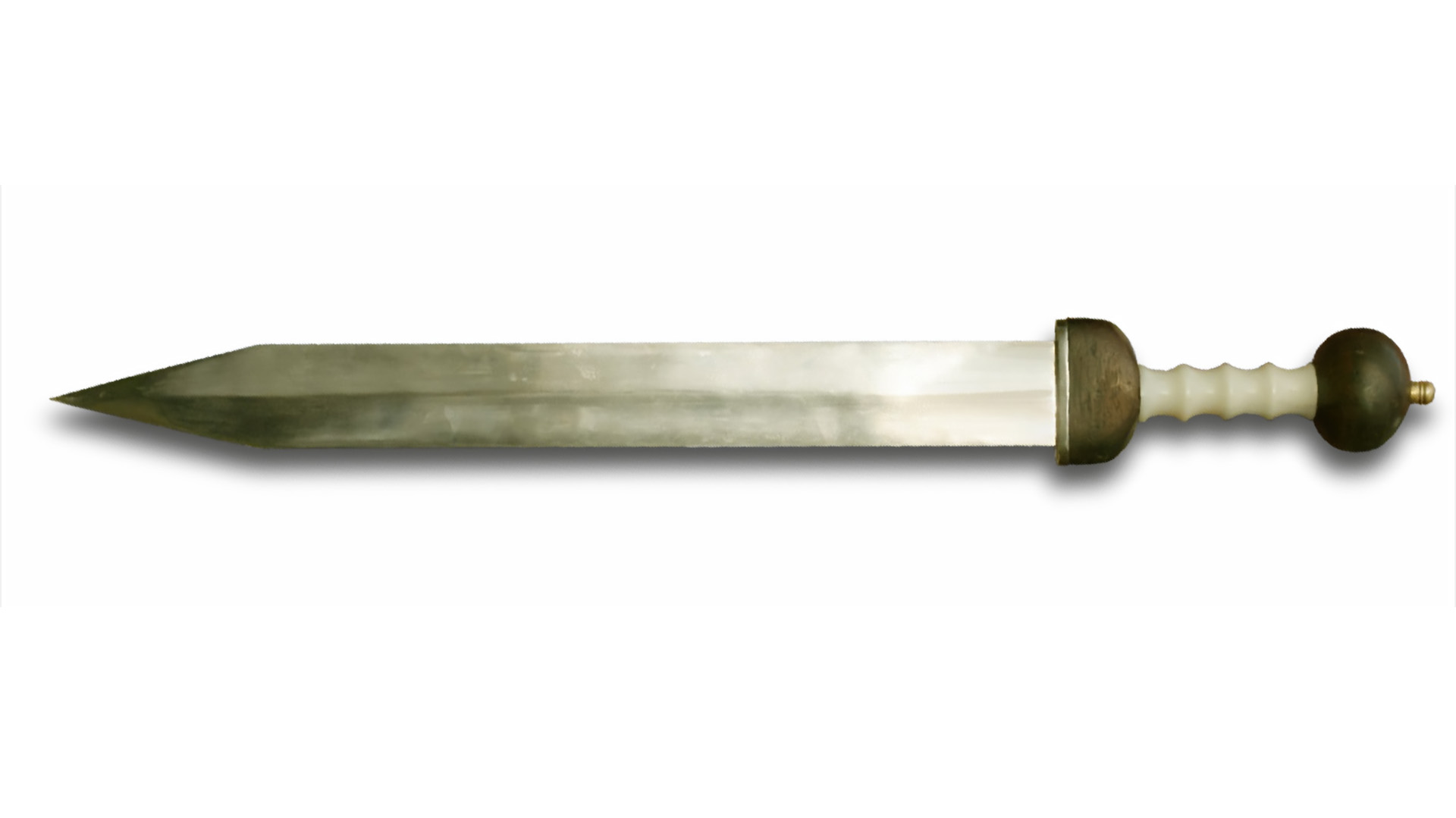

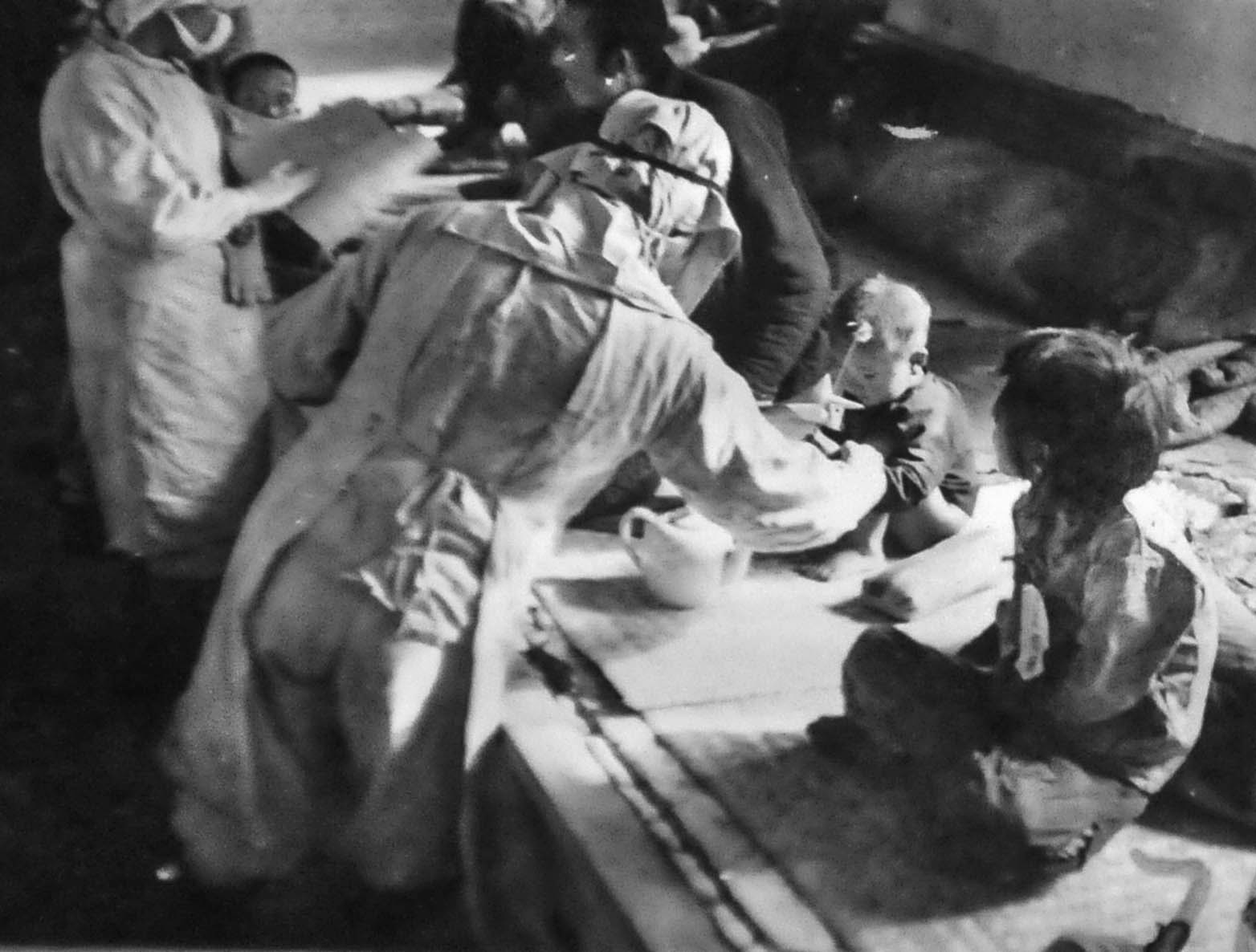
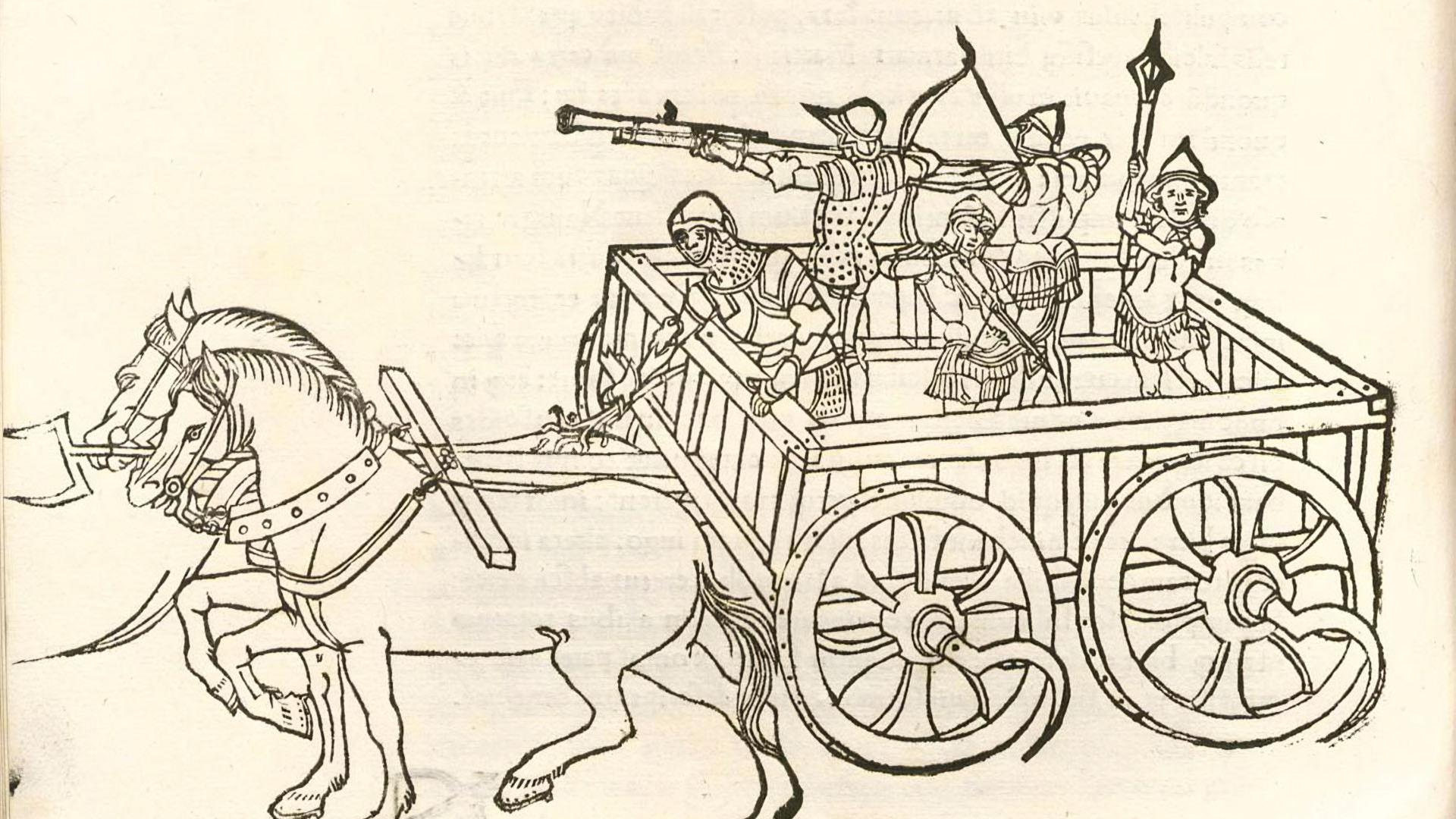
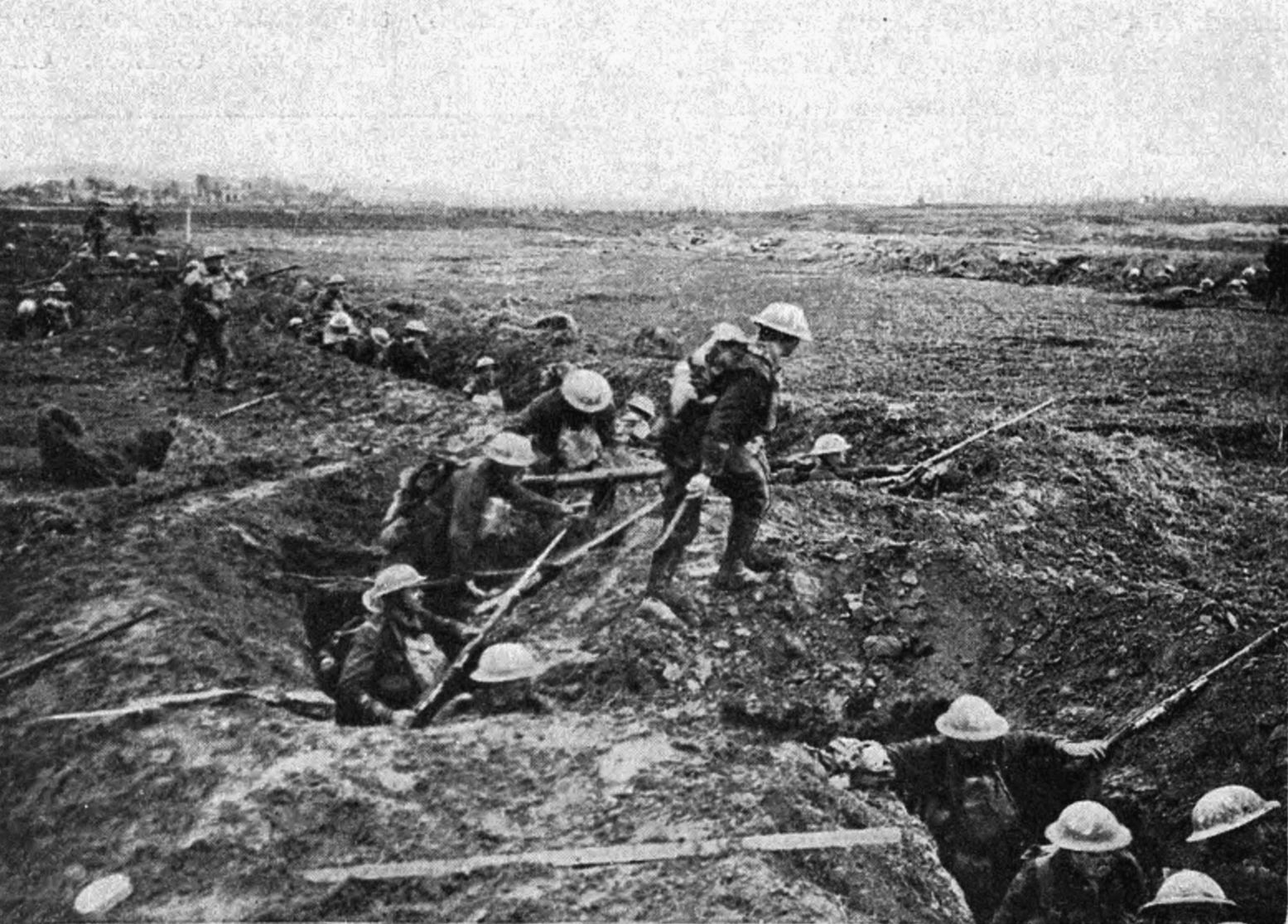
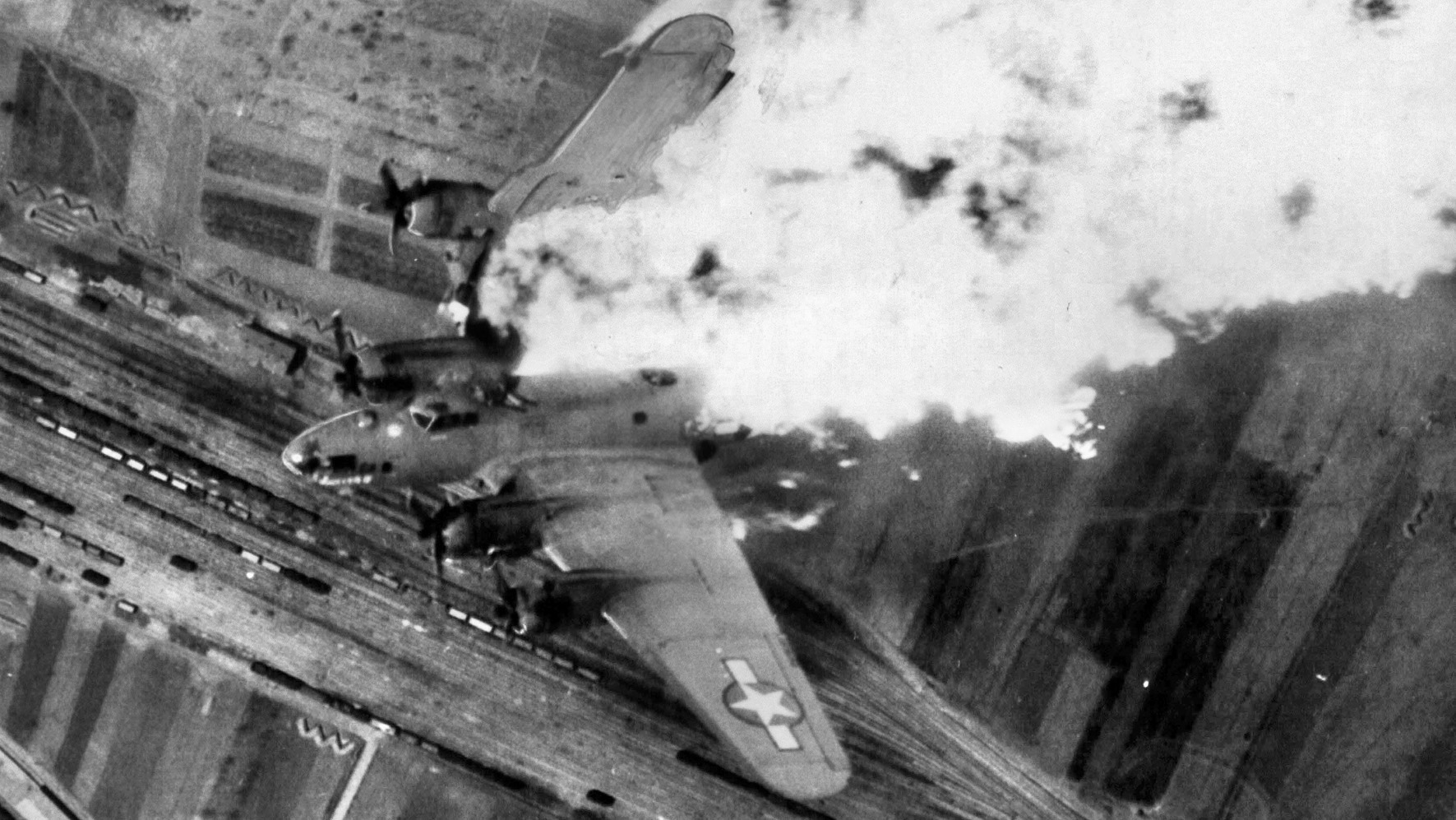
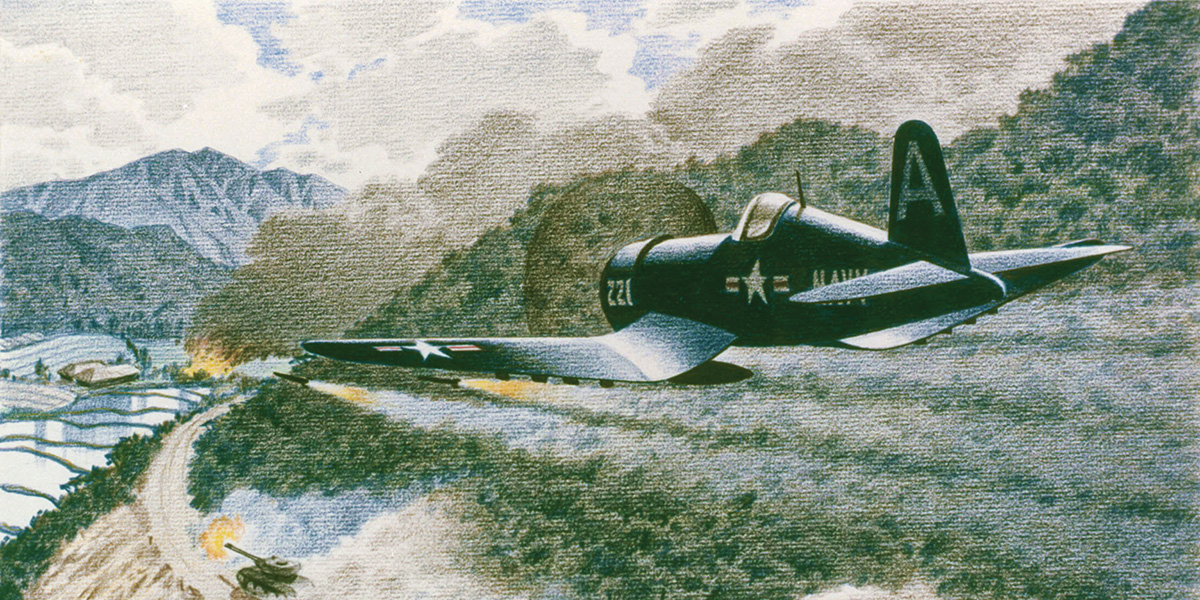
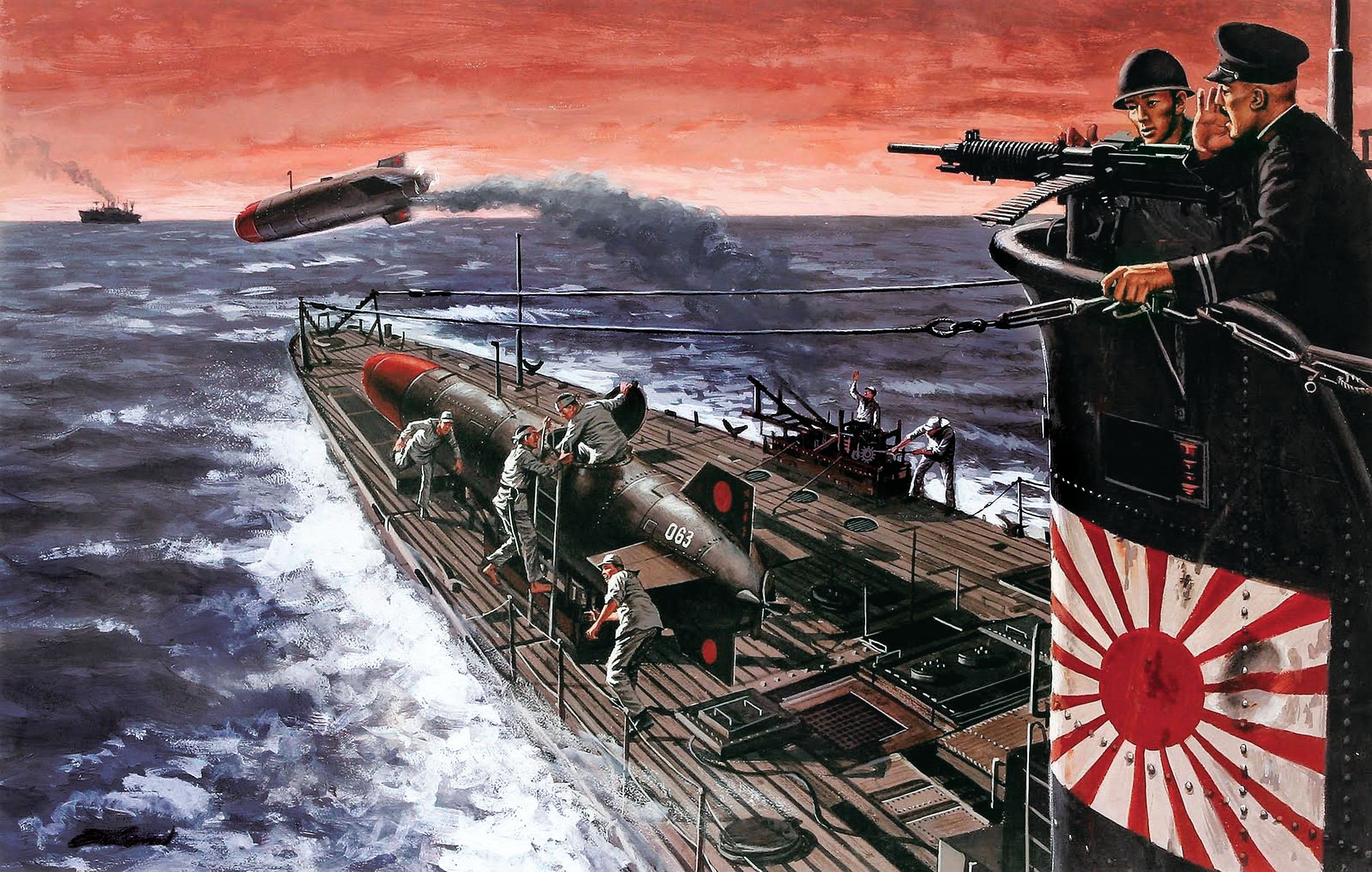
The soldiers wore the gladius on the right, while centurions and other officers wore it on the left. The article says it the other way around and it’s incorrect.
Side note: The original Spartacus film with Kirk Douglas was probably most accurate regarding Roman weaponry. Many of the “sword and sandal” films simply used whatever the prop room had available.